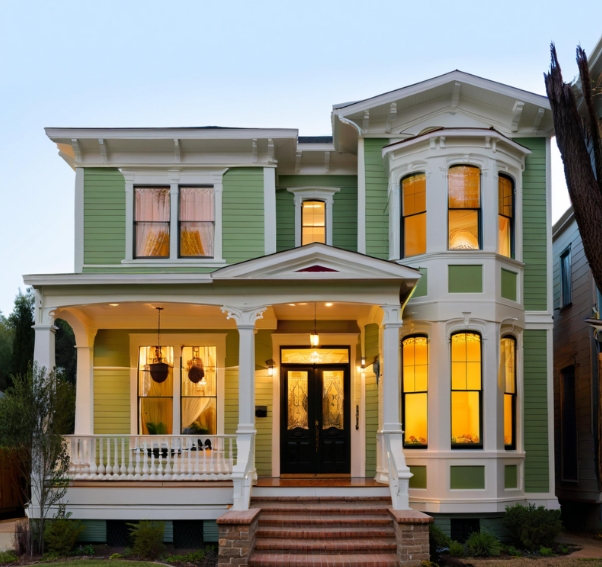How well does a lgs house keep you warm?
Analysis of lgs house heat preservation
I. Structural design and heat preservation principle
Air layer heat insulation
Light steel keel house usually adopts double or multi-layer structure design, blocking heat transfer through the air layer,
combined with the closed light steel keel frame to form a continuous heat preservation layer, significantly reducing heat loss.
Bridge Breaking Treatment
Setting heat insulation gaskets between keel and inner and outer wall boards or adopting bridge-breaking connection technology,
avoiding direct contact of metal structure leading to thermal bridge effect and ensuring the continuity of the heat preservation layer.
II. the performance of thermal insulation materials
Mainstream material selection
Polyurethane foam (PU):
Low thermal conductivity (about 0.022 W/m-K), on-site foaming to fill the gaps, to achieve no cold bridge insulation.
Glass wool/rock wool:
Thermal conductivity of about 0.035-0.045 W/m-K, excellent fire performance (Class A non-combustible materials), commonly used in walls and roof interlayers.
Polystyrene foam (EPS/XPS):
Lower cost (thermal conductivity of about 0.030-0.040 W/m-K), suitable for floor insulation.
Thickness and Effectiveness
The thickness of the insulation layer is usually 80-150mm, and can be thickened to more than 200mm in cold areas,
with double-layer insulating glass (heat transfer coefficient ≤ 1.5 W/m²-K), the overall energy-saving rate of up to 60% -75%.
Third, the actual application effect
In the northern winter (-20℃ environment), the temperature difference can be maintained at 8-10℃ when there is no indoor heating,
and the room temperature can be stabilized above 20℃ with the floor heating or air conditioning system.
Hot and humid areas (such as 35 ℃ in summer) through the external sunshade + thermal insulation layer, the indoor temperature is lower than the outdoor 5-8 ℃,
air conditioning energy consumption is reduced by 30% -40%.
IV. Precautions
Construction quality:
Need to strictly check the insulation material filling compactness, to avoid hollow drum or joints leakage of heat.
Moisture treatment:
Waterproof breathable membrane needs to be set on the outside of the insulation layer to prevent water vapor intrusion leading to material performance degradation.

Summarize:
lgs house through multi-layer structural design + high-performance insulation materials, can achieve better than the traditional brick-concrete building warmth,
but need to pay attention to the construction details and materials matching.


